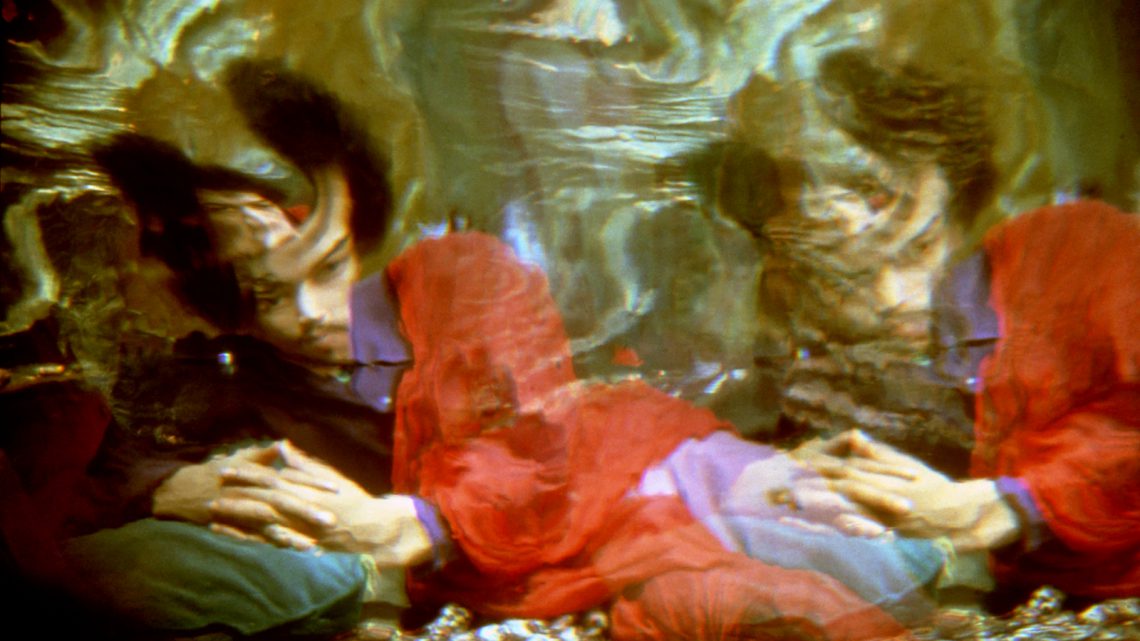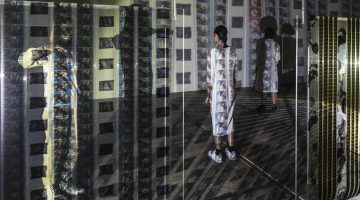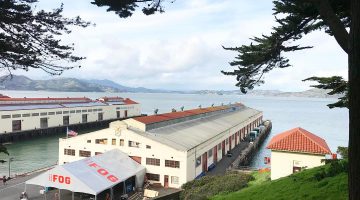Hippie Modernism: The Struggle for Utopia
Berkeley Art Museum and Pacific Film Archive
2155 Center Street, Berkeley, CA 94704
February 8 – May 21, 2017
Public Preview: February 7, 7-10 pm
February 8, the Berkeley Art Museum and Pacific Film Archive opens Hippie Modernism: The Struggle for Utopia. Hippie Modernism explores the intersections of art, design, and architecture with the counterculture of the 1960s and early 1970s, bringing together a wide range of art and artifacts from the period. Employing Timothy Leary’s mantra “Turn On, Tune In, Drop Out” as a point of departure, Hippie Modernism explores pharmacological, technological, and spiritual attempts to expand consciousness and alter perceptions of reality. Alongside these gestures toward personal transformation and growth, the exhibition tracks the development of a publishing revolution and its creation of new networks and communities—platforms which served to raise awareness of social and political issues, to democratize tools and technologies, and to present possibilities of more communal and ecologically responsible ways of living. Hippie Modernism includes painting, sculpture, printmaking, and photography, as well as experimental furniture, alternative living structures, immersive and participatory media environments, alternative publishing and ephemera, and experimental film.
Hippie Modernism: The Struggle for Utopia is organized in conjunction with the Walker Art Center, and curated by Andrew Blauvelt of the Cranbrook Art Museum. The Walker Art Center presented the first iteration of Hippie Modernism (October 2015 – February 2016), before it travelled to the Cranbrook Art Museum (June – October 2016). Hippie Modernism at the Berkeley Art Museum and Pacific Film Archive will be the exhibition’s final presentation.
Hippie Modernism: The Struggle for Utopia, the exhibition’s accompanying publication, is less a documentation of the exhibition’s development, and more of a direct engagement with the exhibited materials and related practices, housing a selection of project proposals, interviews, new scholarly work, and much more—physically, the publication is a mash-up of the Whole Earth Catalog and the People’s Yellow Pages. An excerpted chapter by Andrew Blauvelt is available online.

Robert Sommer, Emeryville Mudflats, c. 1960s-70s. Digital image from slide. © CCA/C Archives at California College of the Arts Libraries (San Francisco). Photographs by Robert Sommer. Courtesy of the California College of the Arts (San Francisco) and The Sommer Collection. Image courtesy of the Berkeley Art Museum and Pacific Film Archive.

Community Memory terminal at Leopold’s Records, Berkeley, California, c. 1974. Photograph. Courtesy of the Computer History Museum (Mountain View). Image courtesy of the Berkeley Art Museum and Pacific Film Archive.
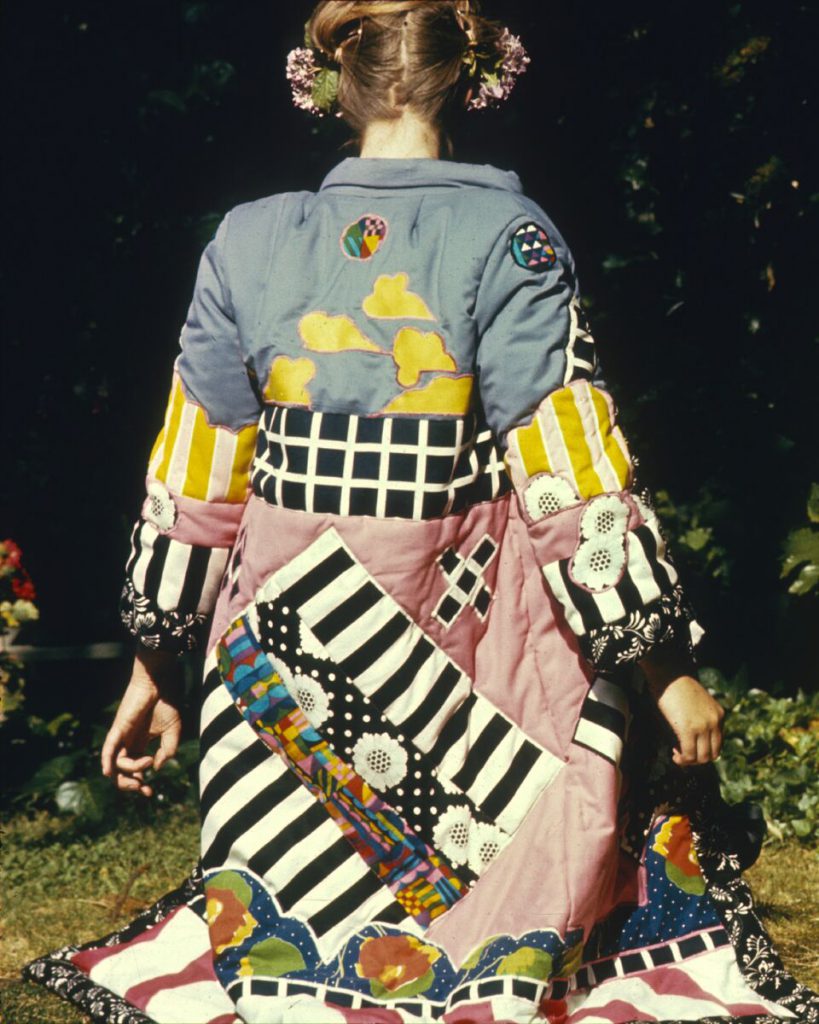
Frances Butler, Quilted Coat, c. 1969–70. Fabric, dye, dimensions variable. Photograph by Marc Treib s.v.p. Courtesy of the artist. Image courtesy of the Berkeley Art Museum and Pacific Film Archive.
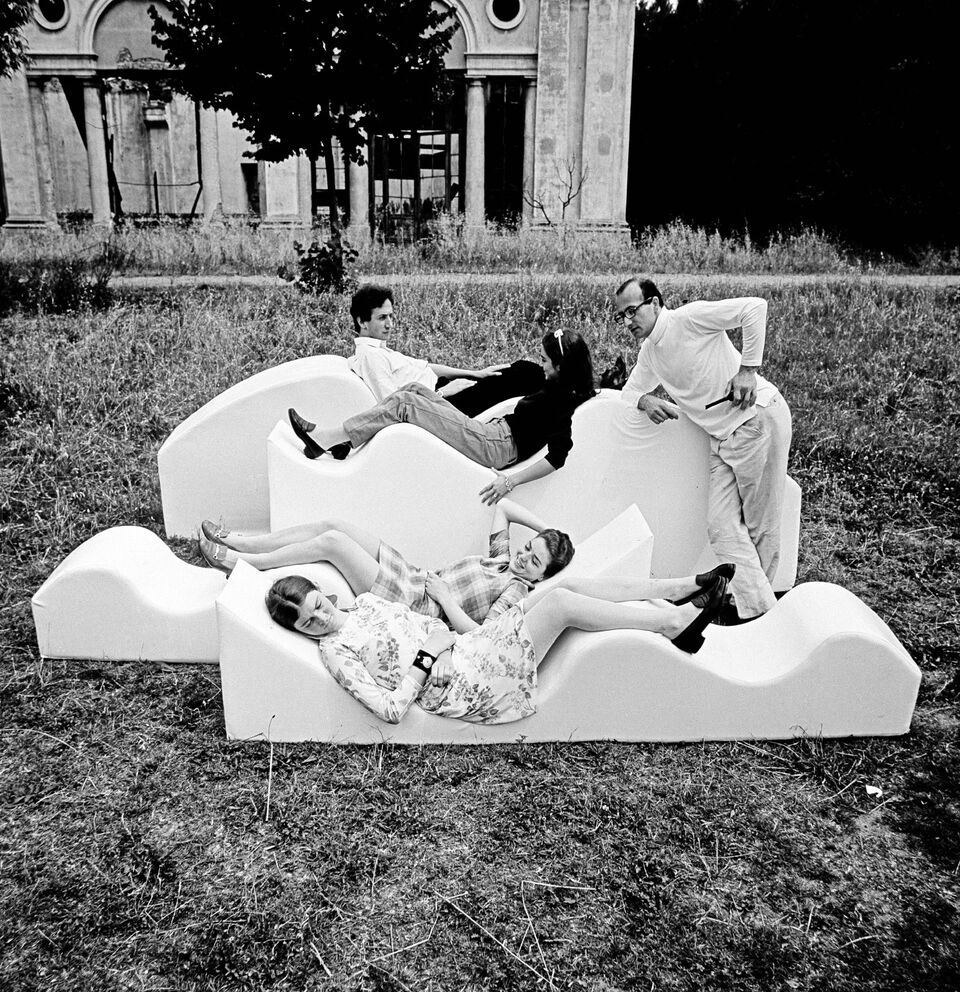
Archizoom Associati, Superonda Sofa, 1966. Collection of the Archive Centro Studi Poltronova. Courtesy of Dario Bartolini (Archizoom Associati). Image courtesy of the Berkeley Art Museum and Pacific Film Archive.
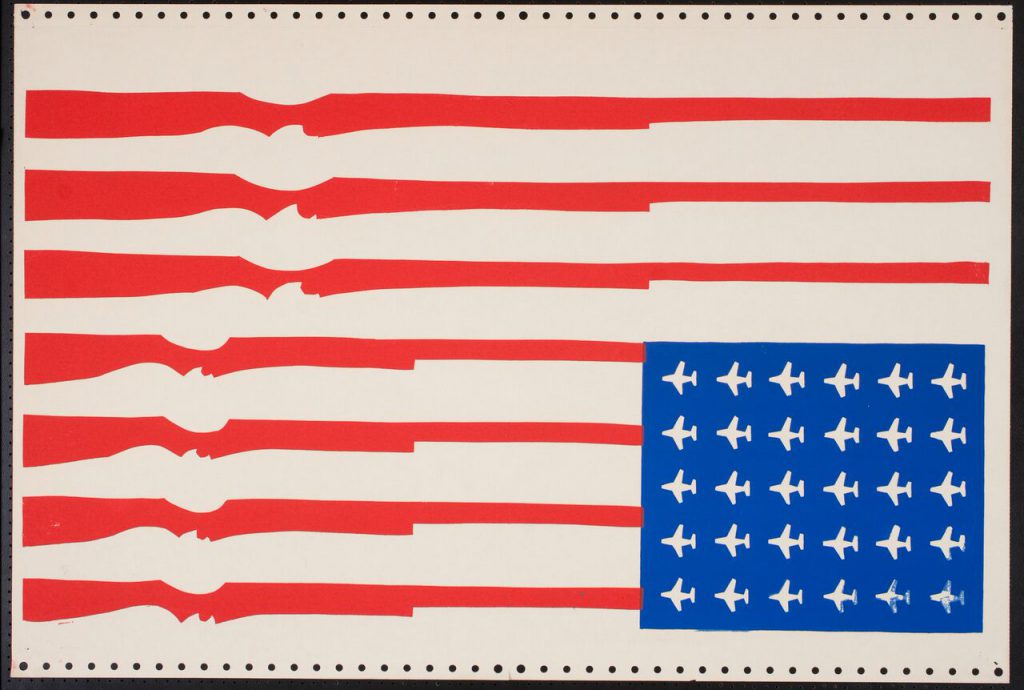
Unknown artist, Untitled, c. 1970. Screenprint on paper, 14.875 x 22 inches. Collection of Lincoln Cushing/Docs Populi Archive. Image courtesy of the Berkeley Art Museum and Pacific Film Archive.
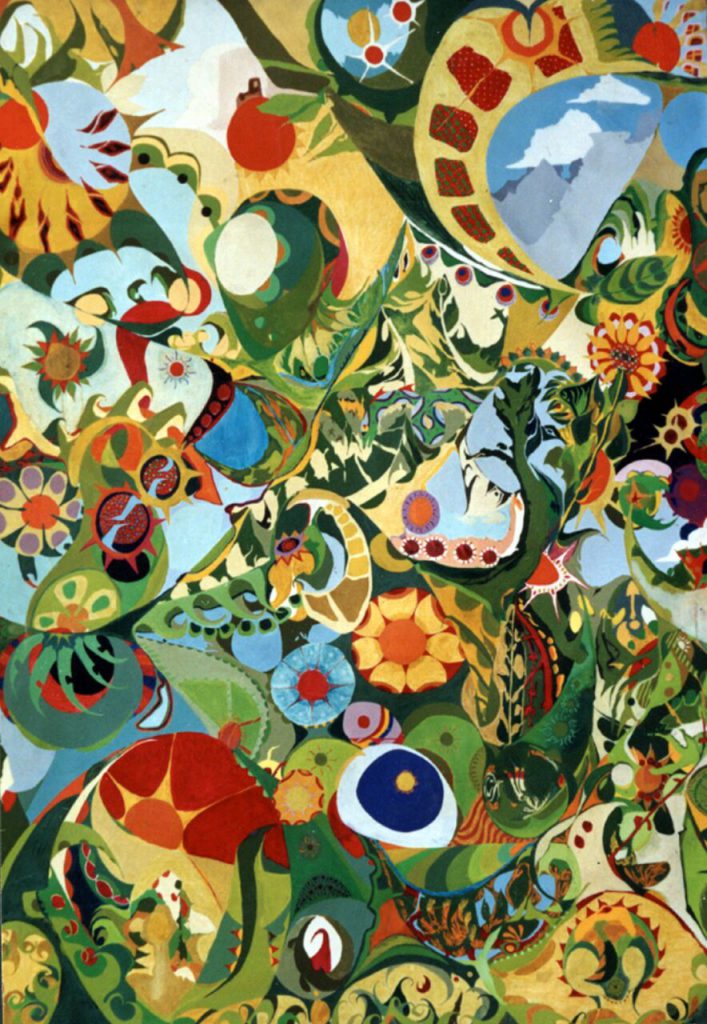
Isaac Abrams, Hello Dali, 1965. Oil on canvas, 60 x 84 inches. Courtesy of the artist. Image courtesy of the Berkeley Art Museum and Pacific Film Archive.
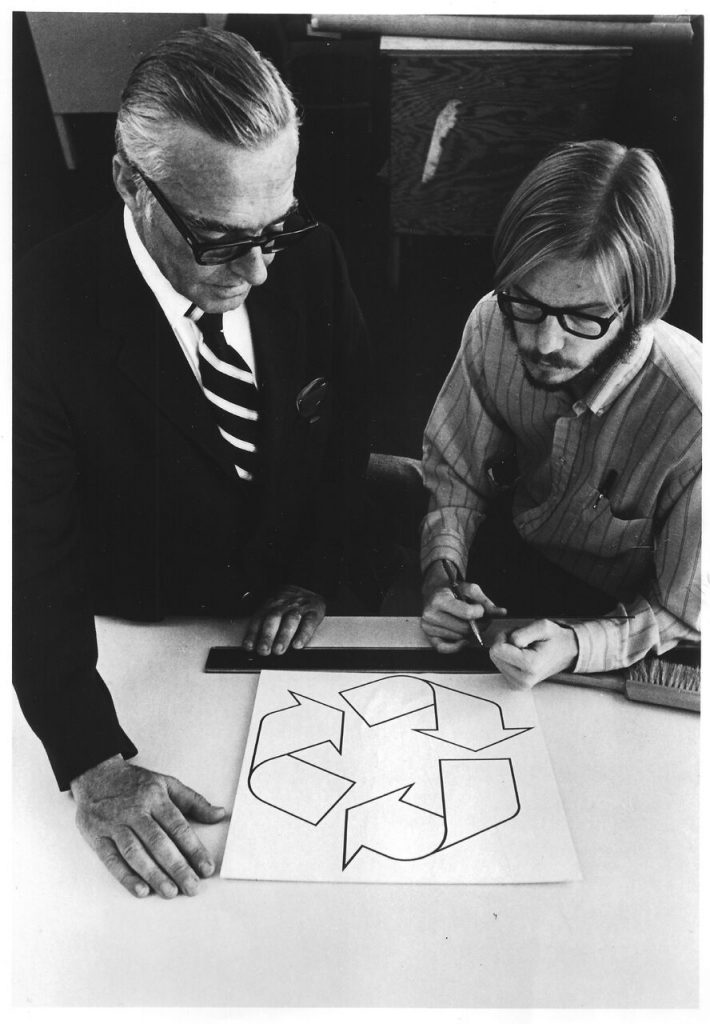
William Lloyd and Gary Anderson with the recycle symbol at the Container Corporation of America, 1971. Photograph, 10 x 8 inches. Collection of Gary D. Anderson. Image courtesy of the Berkeley Art Museum and Pacific Film Archive.
